Blue Labrador Granite
 Norway
(Tvedalen,Vestfold)
Norway
(Tvedalen,Vestfold)
Blue Labrador Granite, also known as Labrador Blue Pearl Granite, is an extraordinary and exquisite natural stone native to the Vestfold region of Norway. It is highly prized for its captivating color, which combines black, grey, and blue hues with sparkling blue scales that resemble the delicate wings of butterflies. This granite's unique and enchanting appearance makes it a favored choice for various architectural and design applications.
The dominant colors of Blue Labrador Granite are black, grey, and blue, creating a rich and alluring color palette. The interplay of these colors gives the granite a sense of depth and complexity, making it a captivating and eye-catching addition to any space.
The sparkling blue scales, resembling butterfly wings, are the highlight of Blue Labrador Granite. These blue sequins add a touch of luxury and opulence to the stone, creating a dazzling display that catches the light and sparkles like stars in the night sky.
One of the most remarkable features of Blue Labrador Granite is the uniformity of its color. The even distribution of black, grey, and blue hues, along with the sparkling blue scales, creates a consistent and harmonious appearance, making it easy to pair with other colors and design elements.
Blue Labrador Granite's versatility and durability make it suitable for various interior and exterior applications. It is commonly used for kitchen countertops, bathroom vanities, flooring, wall cladding, and decorative accents. Its ability to withstand heavy use ensures that it remains a stunning and enduring feature in any space.
The polished finish of Blue Labrador Granite enhances its beauty and brings out the full brilliance of the sparkling blue scales. The polished surface adds a luxurious and elegant touch to the stone, elevating the aesthetics of any application.
The provenance of Blue Labrador Granite from the Vestfold region of Norway adds to its allure, as Norway is renowned for its rich geological resources and tradition of craftsmanship in the stone industry. The stone's extraction and processing in this region ensure that it meets high standards of quality and beauty.
In summary, Blue Labrador Granite, also known as Labrador Blue Pearl Granite, is a breathtaking testament to the beauty and allure of natural stone. With its black, grey, and blue coloration, sparkling blue scales resembling butterfly wings, and uniform appearance, this granite creates an extraordinary and luxurious display that enhances the aesthetics of any interior or exterior space. Its enduring charm and versatility make it a cherished choice for architects, designers, and homeowners seeking to infuse their spaces with the timeless elegance of Blue Labrador Granite.

What color cabinets goes with blue granite countertop?

Can Norway's Blue Labrador Granite be used in a living room?

Will sealing Blue Labrador Granite make it shiny again?

Is Norway's Blue Labrador Granite an expensive stone?

Can Norway's Blue Labrador Granite be used exterior applications in cold climates?

Is Blue Labrador Granite suitable for urban stairs?

How do I fix scratches on Blue Labrador Granite surfaces?

How often should Blue Labrador Granite stairs be resealed?

Can I put a hot pan on my Blue Labrador Granite countertop?

How do I fill scratches in Blue Labrador Granite countertop?

Can scratches be removed from Blue Labrador Granite?

What grade is Norway's Blue Labrador Granite?

Should I polish or seal Blue Labrador Granite floor?

What do professionals use to seal Blue Labrador Granite?

Will Blue Labrador Granite sealer hide scratches?

Will baking soda scratch Blue Labrador Granite countertop?

How do I clean Blue Labrador Granite countertop?

Does Blue Labrador Granite bar top need to be sealed?

Can Norway's Blue Labrador Granite be used outdoors?

Can Blue Labrador Granite countertops be permanently sealed?

Can Norway's Blue Labrador Granite be used in heavy use areas?

What color backsplash goes with blue granite countertop?

How thick is Norway's Blue Labrador Granite slabs?

Are there color variations of Norway's Blue Labrador Granite?

Do Blue Labrador Granite commercial countertops scratch easily?

How do I clean Blue Labrador Granite without scratching it?

What is the coefficient of friction of Filled Norway's Blue Labrador Granite tiles?

Can Blue Labrador Granite have a flamed finish?
-

XIAMEN XINRUNLONG STONE CO.,LTD
 China
China
 6YRDiamond members are premium members on platform, providing members with comprehensive approach to promoting their products, increasing products exposure and investment return to maximize.
6YRDiamond members are premium members on platform, providing members with comprehensive approach to promoting their products, increasing products exposure and investment return to maximize.
 Verified Supplier is for prove company authenticity,including business license,trade license and effective office space,to enhance buyers' trust to suppliers and their products, reducing communication costs.
Verified Supplier is for prove company authenticity,including business license,trade license and effective office space,to enhance buyers' trust to suppliers and their products, reducing communication costs.
Contact Supplier
-

Xiamen Sanxiangda Import & Export Co., Ltd.
 China
China
 8YRDiamond members are premium members on platform, providing members with comprehensive approach to promoting their products, increasing products exposure and investment return to maximize.
8YRDiamond members are premium members on platform, providing members with comprehensive approach to promoting their products, increasing products exposure and investment return to maximize.
 Verified Supplier is for prove company authenticity,including business license,trade license and effective office space,to enhance buyers' trust to suppliers and their products, reducing communication costs.
Verified Supplier is for prove company authenticity,including business license,trade license and effective office space,to enhance buyers' trust to suppliers and their products, reducing communication costs.
Contact Supplier
-

Xiamen Yinxiang Artificial Marble Co., Ltd.
 China
China
 5YRDiamond members are premium members on platform, providing members with comprehensive approach to promoting their products, increasing products exposure and investment return to maximize.
5YRDiamond members are premium members on platform, providing members with comprehensive approach to promoting their products, increasing products exposure and investment return to maximize.
 Verified Supplier is for prove company authenticity,including business license,trade license and effective office space,to enhance buyers' trust to suppliers and their products, reducing communication costs.
Verified Supplier is for prove company authenticity,including business license,trade license and effective office space,to enhance buyers' trust to suppliers and their products, reducing communication costs.
Contact Supplier
-

 Russian Federation
Russian Federation
Contact Supplier
-

 China
China
 15YRDiamond members are premium members on platform, providing members with comprehensive approach to promoting their products, increasing products exposure and investment return to maximize.
15YRDiamond members are premium members on platform, providing members with comprehensive approach to promoting their products, increasing products exposure and investment return to maximize.
 Verified Supplier is for prove company authenticity,including business license,trade license and effective office space,to enhance buyers' trust to suppliers and their products, reducing communication costs.
Verified Supplier is for prove company authenticity,including business license,trade license and effective office space,to enhance buyers' trust to suppliers and their products, reducing communication costs.
Contact Supplier
-

Xiamen MayCo Stone Industry Co., Ltd.
 China
China
 7YRDiamond members are premium members on platform, providing members with comprehensive approach to promoting their products, increasing products exposure and investment return to maximize.
7YRDiamond members are premium members on platform, providing members with comprehensive approach to promoting their products, increasing products exposure and investment return to maximize.
 Verified Supplier is for prove company authenticity,including business license,trade license and effective office space,to enhance buyers' trust to suppliers and their products, reducing communication costs.
Verified Supplier is for prove company authenticity,including business license,trade license and effective office space,to enhance buyers' trust to suppliers and their products, reducing communication costs.
Contact Supplier
-

-

 China
China
 8YRDiamond members are premium members on platform, providing members with comprehensive approach to promoting their products, increasing products exposure and investment return to maximize.
8YRDiamond members are premium members on platform, providing members with comprehensive approach to promoting their products, increasing products exposure and investment return to maximize.
 Verified Supplier is for prove company authenticity,including business license,trade license and effective office space,to enhance buyers' trust to suppliers and their products, reducing communication costs.
Verified Supplier is for prove company authenticity,including business license,trade license and effective office space,to enhance buyers' trust to suppliers and their products, reducing communication costs.
Contact Supplier
-

 Ukraine
Ukraine
Contact Supplier
-

 China
China
 8YRDiamond members are premium members on platform, providing members with comprehensive approach to promoting their products, increasing products exposure and investment return to maximize.
8YRDiamond members are premium members on platform, providing members with comprehensive approach to promoting their products, increasing products exposure and investment return to maximize.
 Verified Supplier is for prove company authenticity,including business license,trade license and effective office space,to enhance buyers' trust to suppliers and their products, reducing communication costs.
Verified Supplier is for prove company authenticity,including business license,trade license and effective office space,to enhance buyers' trust to suppliers and their products, reducing communication costs.
Contact Supplier
The request includes: 1. surface finished, size 2. quantity required






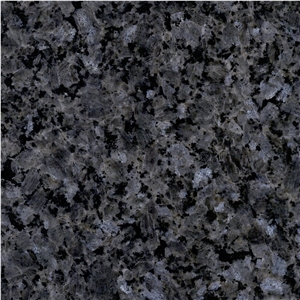
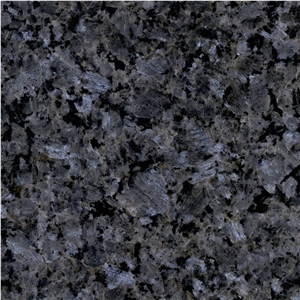
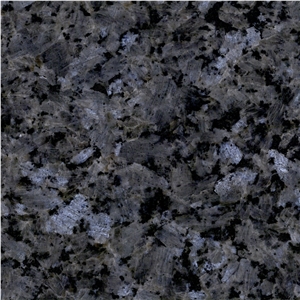
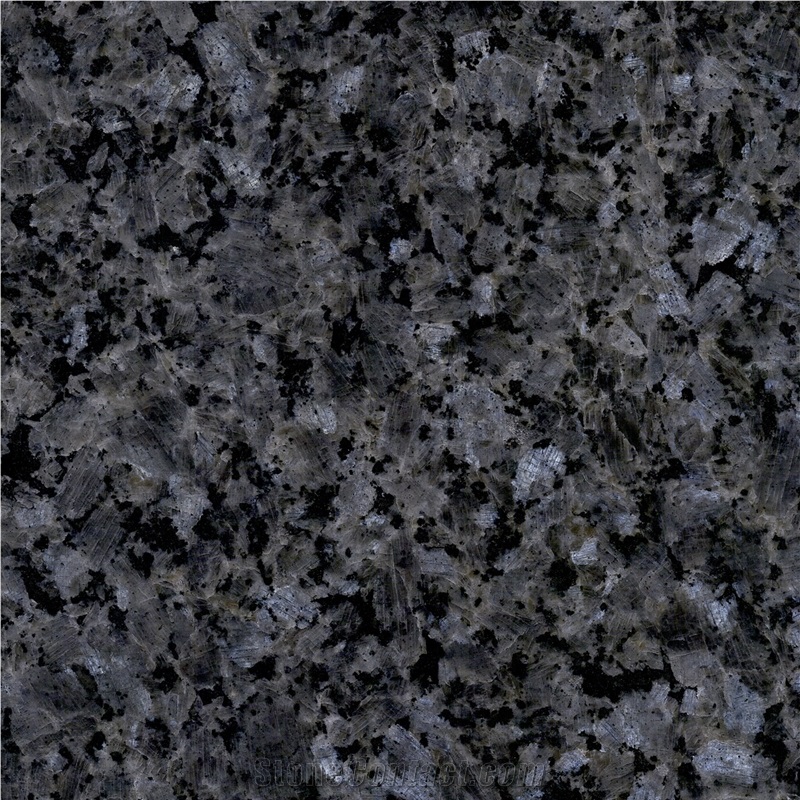
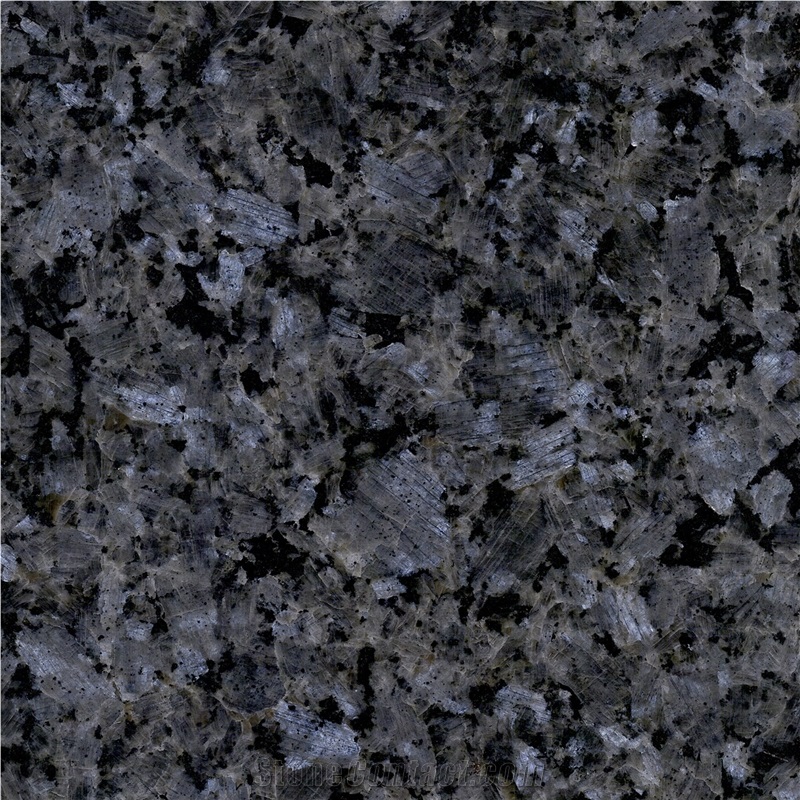
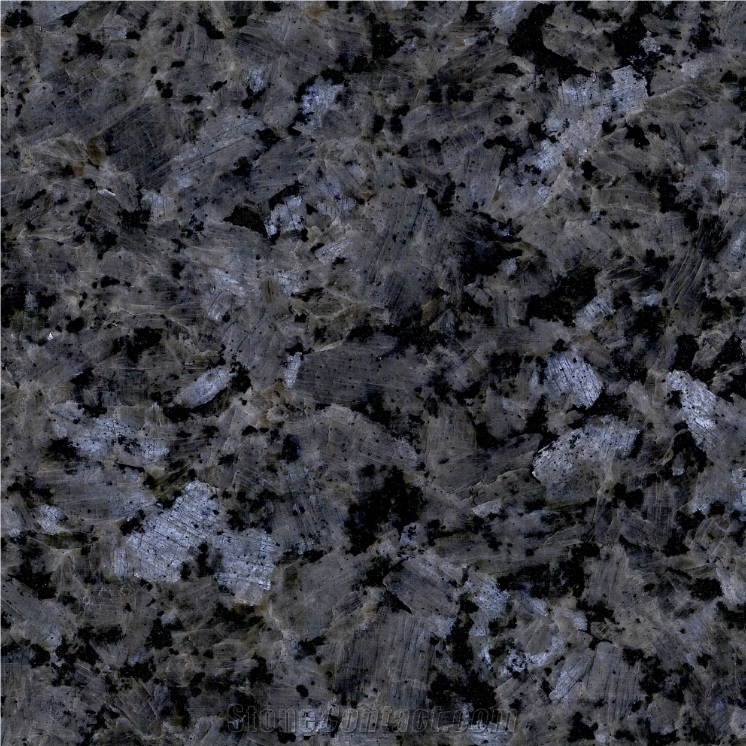
 Italy
Italy